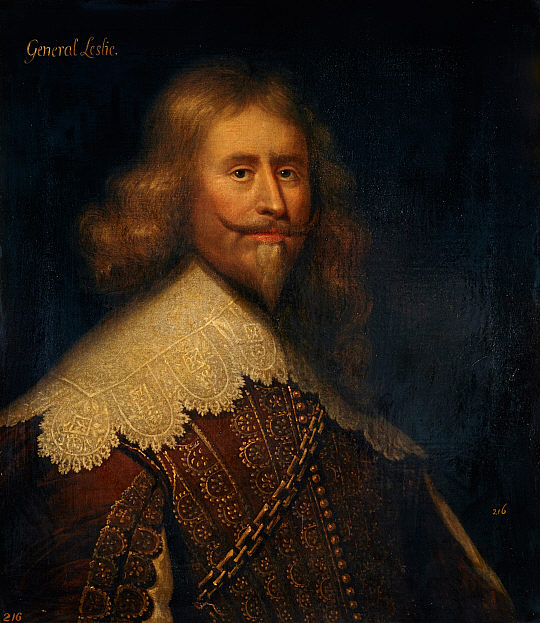There Was a Crooked Man on:
[Wikipedia]
[Google]
[Amazon]
 "There Was a Crooked Man" is an
"There Was a Crooked Man" is an
 "There Was a Crooked Man" is an
"There Was a Crooked Man" is an English
English usually refers to:
* English language
* English people
English may also refer to:
Peoples, culture, and language
* ''English'', an adjective for something of, from, or related to England
** English national ide ...
nursery rhyme
A nursery rhyme is a traditional poem or song for children in Britain and many other countries, but usage of the term dates only from the late 18th/early 19th century. The term Mother Goose rhymes is interchangeable with nursery rhymes.
From t ...
. It has a Roud Folk Song Index
The Roud Folk Song Index is a database of around 250,000 references to nearly 25,000 songs collected from oral tradition in the English language from all over the world. It is compiled by Steve Roud (born 1949), a former librarian in the London ...
number of 1826.
Origin
The rhyme was first recorded in print byJames Orchard Halliwell
James Orchard Halliwell-Phillipps (born James Orchard Halliwell; 21 June 1820 – 3 January 1889) was an English Shakespearean scholar, antiquarian, and a collector of English nursery rhymes and fairy tales.
Life
The son of Thomas Halliwell, he ...
in 1842:
:There was a crooked man and he went a crooked mile,
:He found a crooked sixpence against a crooked stile;
:He bought a crooked cat, which caught a crooked mouse,
:And they all liv'd together in a little crooked house.
It gained popularity in the early twentieth century. I. Opie and P. Opie, ''The Oxford Dictionary of Nursery Rhymes'' (Oxford University Press, 1951, 2nd edn., 1997), p. 340. One legend suggests that this nursery rhyme originated in the once prosperous wool merchant’s village of Lavenham
Lavenham is a village, civil parish and electoral ward in the Babergh district, in the county of Suffolk, England. It is noted for its Guildhall, Little Hall, 15th-century church, half-timbered medieval cottages and circular walks. In the medie ...
, about 70 miles northeast of London, having been inspired by its multicolored half-timbered houses leaning at irregular angles as if they are supporting each other. Other sources state that the poem originates from British history, specifically the period of the Scottish Stuart King Charles I of England
Charles I (19 November 1600 – 30 January 1649) was King of England, Scotland, and Ireland from 27 March 1625 until his execution in 1649. He was born into the House of Stuart as the second son of King James VI of Scotland, but after hi ...
(1600–1649).
The crooked man is reputed to be the Scottish General Sir Alexander Leslie
Alexander Leslie, 1st Earl of Leven (15804 April 1661) was a Scottish soldier in Swedish and Scottish service. Born illegitimate and raised as a foster child, he subsequently advanced to the rank of a Swedish Field Marshal, and in Scotland b ...
, who signed a covenant securing religious and political freedom for Scotland
Scotland (, ) is a country that is part of the United Kingdom. Covering the northern third of the island of Great Britain, mainland Scotland has a border with England to the southeast and is otherwise surrounded by the Atlantic Ocean to the ...
. The "crooked stile
A stile is a structure or opening that provides people passage over or through a boundary via steps, ladders, or narrow gaps. Stiles are often built in rural areas along footpaths, fences, walls, or hedges that enclose animals, allowing people ...
" in the poem was the alliance between the parliaments of England and Scotland or the border between the two, depending on the source. "They all lived together in a little crooked house" refers to the fact that the English and Scots had at last come to an agreement, despite the continuing great animosity between the two peoples, who nonetheless had to live with each other due to their common border.
The great recoinage around 1696 led to sixpence coins that were made of very thin silver and were easily bent, becoming "crooked".
Related writing
"—And He Built a Crooked House—"
'—And He Built a Crooked House—' is a science fiction short story by American writer Robert A. Heinlein, first published in ''Astounding Science Fiction'' in February 1941. It was reprinted in the anthology '' Fantasia Mathematica'' (Clifton ...
is a science fiction short story by American writer, Robert A. Heinlein, first published in ''Astounding Science Fiction'' in February 1941. The house was based on a four-dimensional
A four-dimensional space (4D) is a mathematical extension of the concept of three-dimensional or 3D space. Three-dimensional space is the simplest possible abstraction of the observation that one only needs three numbers, called ''dimensions'', ...
tesseract
In geometry, a tesseract is the four-dimensional analogue of the cube; the tesseract is to the cube as the cube is to the square. Just as the surface of the cube consists of six square faces, the hypersurface of the tesseract consists of eig ...
, with eight cubical rooms.''Astounding Science Fiction'' Feb. 1941, as cited by http://www.physics.emory.edu/~weeks/sea/astounding-science-fiction/4102.htm and http://www.andrew-may.com/asf/list.htm
References
{{reflist English folk songs English children's songs Traditional children's songs Songs about cats Cats in literature English nursery rhymes Songwriter unknown Year of song unknown